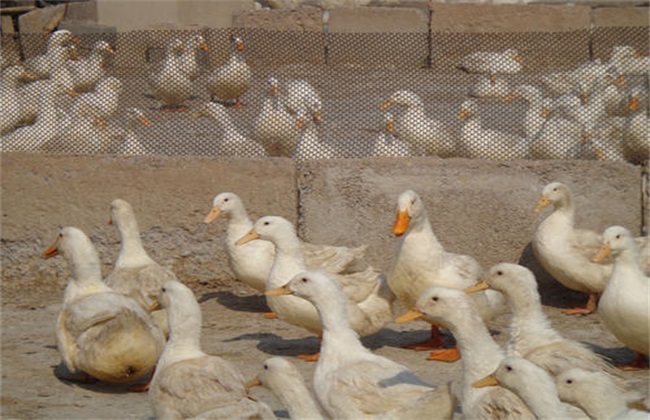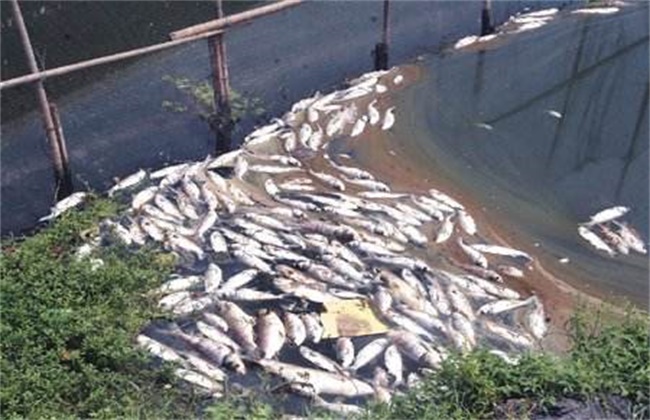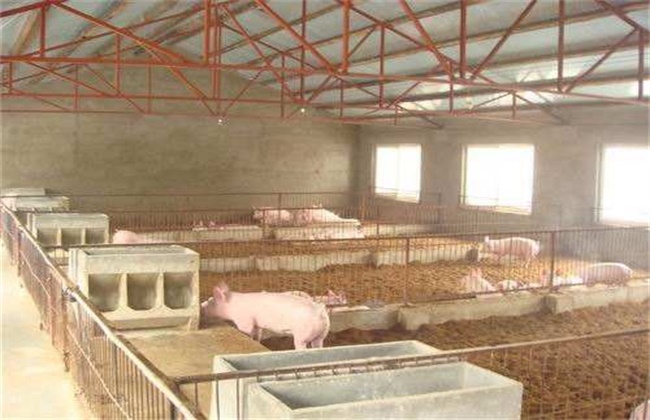Breeding Management of breeding Duck
If you want to ensure the quality of duck seedlings on your own breeding ground, then the breeding management of breeding ducks is very important. Breeding ducks will be different from ordinary egg ducks and meat ducks. Breeding ducks are more inclined to high-quality breeding services. Only with balanced development in all aspects can we raise high-quality breeder ducks. Let's learn how to breed ducks.

1. Control proportion
One of the keys to breeder duck breeding is to control the male-female ratio, which will greatly affect the fertilization probability of big ducks. If the probability is high, the chance of successful incubation of duck eggs will increase significantly. The male-female ratio needs to be adjusted seasonally. For example, when the weather is cold and the activity of ducks is low, the male-female ratio is controlled at about 1:8. If ducks are in an active and prosperous period, the proportion of female ducks can be appropriately adjusted to about 10-12. The higher the proportion, the more we should pay attention to the situation of male ducks at all times, so as to avoid falling short of production demand.
2. Feeding and management
Feeding is the basis of breeding ducks, and only when feed is guaranteed, ducks have sufficient nutrients for production. Breeder ducks have relatively strict requirements for feed, and the proportion of concentrate and roughage should be strictly fed according to each stage. The second is the feeding of fresh green grass, which is the key to ensure the vitamin demand of ducks, and the forage must be fresh and diversified. Some other trace elements need to be added to the feed by farmers, and finally, some insects, fish and shrimps should be fed regularly, which is a protective measure for the high yield of ducks.
3. Daily management
The management of the duck breeding schedule is also quite complicated. after the duck is released, the duck house should be sanitary cleaned, some extremely wet bedding materials should be replaced, and exhaust ventilation is needed to ensure the dry environment and hygiene of the duck house. breeding eggs should be disinfected in time and put into the hatchery. After grazing, ducks need to be properly driven away and let them walk for a period of time, which is conducive to the rapid recovery of their body temperature. The duck house at night should pay attention to control the duration of light, which can increase egg production to a certain extent, and keep a quiet environment so as not to disturb the breeding duck to lay eggs.
4. Molting in time
Breeder ducks lay eggs for about 8-10 months a year, and then stop production for molting, which lasts about 3 months. On the other hand, artificial molting can reduce the duration of the rest, giving ducks a longer laying period and reducing the period of underestimation of laying eggs. Molting is to reduce the amount of feed for the duck, then disturb it, wait for its own withered depilation, and then pluck it manually. However, the recovery after molting should be slow, step by step, and do not rush for success.
The above is the breeding management of breeding ducks. Many people will habitually raise breeding ducks as egg ducks, and then say that the fertilization rate of breeding ducks is very low, the breeding methods are wrong, and they can not raise egg ducks well. Do a good job in these management, I believe we can greatly increase the production of ducks.
- Prev

Causes of overwintering death of fish species and its management measures
Causes of overwintering death of fish species and its management measures
- Next

Matters needing attention for raising pigs in fermentation bed in winter
Matters needing attention for raising pigs in fermentation bed in winter
Related
- On the eggshell is a badge full of pride. British Poultry Egg Market and Consumer observation
- British study: 72% of Britons are willing to buy native eggs raised by insects
- Guidelines for friendly egg production revised the increase of space in chicken sheds can not be forced to change feathers and lay eggs.
- Risk of delay in customs clearance Australia suspends lobster exports to China
- Pig semen-the Vector of virus Transmission (4)
- Pig semen-the Vector of virus Transmission (3)
- Five common causes of difficult control of classical swine fever in clinic and their countermeasures
- Foot-and-mouth disease is the most effective way to prevent it!
- PED is the number one killer of piglets and has to be guarded against in autumn and winter.
- What is "yellow fat pig"? Have you ever heard the pig collector talk about "yellow fat pig"?

